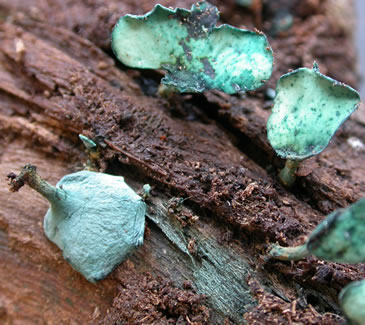Chlorociboria aeruginascens
Scientific name: Chlorociboria aeruginascens (Nyl.)
Kanouse ex C. S. Ramamurthi, Korf & L. R. Batra
Derivation of name: Aerug- means "blue-green, green" and
ascens means "becoming" so that aeruginascens means
"becoming green."
Synonyms: Chlorosplenium aeruginascens (Nyl.) P. Karst
Common name(s): Blue stain; green stain; Blue-green wood
stain
Phylum: Ascomycota
Order: Helotiales
Family: Helotiaceae
Occurrence on wood substrate: Saprobic; hardwoods,
especially oak; summer through fall.
Dimensions: Cup-shaped to saucer-shaped; 3-8 mm wide;
stalk up to 6 mm long, central to eccentric.
Sterile outer surface: Blue-green
Fertile inner surface: Blue-green, sometimes tinted
yellow.
Edibility: Unknown
Comments: Twigs, branches, and pieces of wood are
stained green by the mycelium of the fungus. The actual fruit
bodies are less common. Another species,
Chlorociboria aeruginosa, forms nearly identical fruit
bodies. The two species can only be reliably differentiated
by examining the ascospores.
More information at TomVolkFungi.net:
More information at MushroomExpert.com:
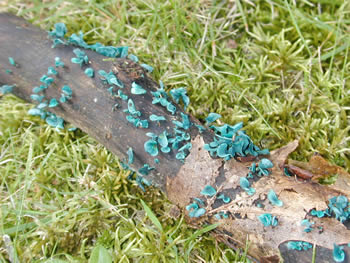
Figure 1. Fruit bodies of green stain. Photo © Gary
Emberger.
Figure 2. The blue-green, eccentric stalk of Chlorociboria
aeruginascens is clearly seen on the detached specimen
on the left. Photo © Gary Emberger.
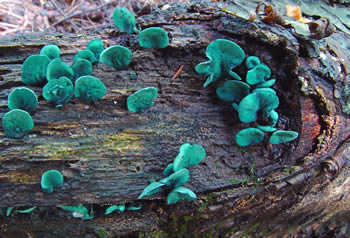
Figure 3. These fruit bodies have more of a greenish hue.
Photo © David Work.
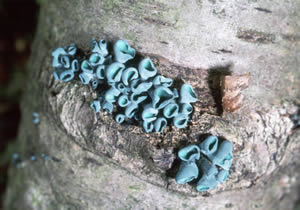
Figure 4. These fruit bodies are more cup-shaped than
saucer-shaped. Photo © William Roody.
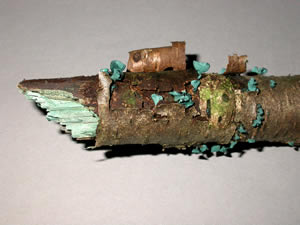
Figure 5. Note the greenish-colored wood at the broken
end of this branch.
Photo © Gary Emberger.
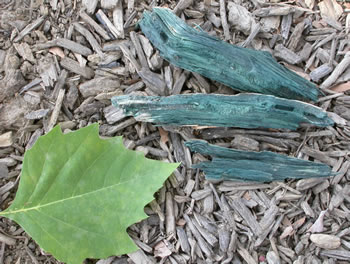
Figure 6. The three pieces of blue-green wood to the right
of
the small sycamore leaf were collected during a foray.
Stained
pieces of wood are the most commonly collected
form of this
fungus. Photo © Gary Emberger.
